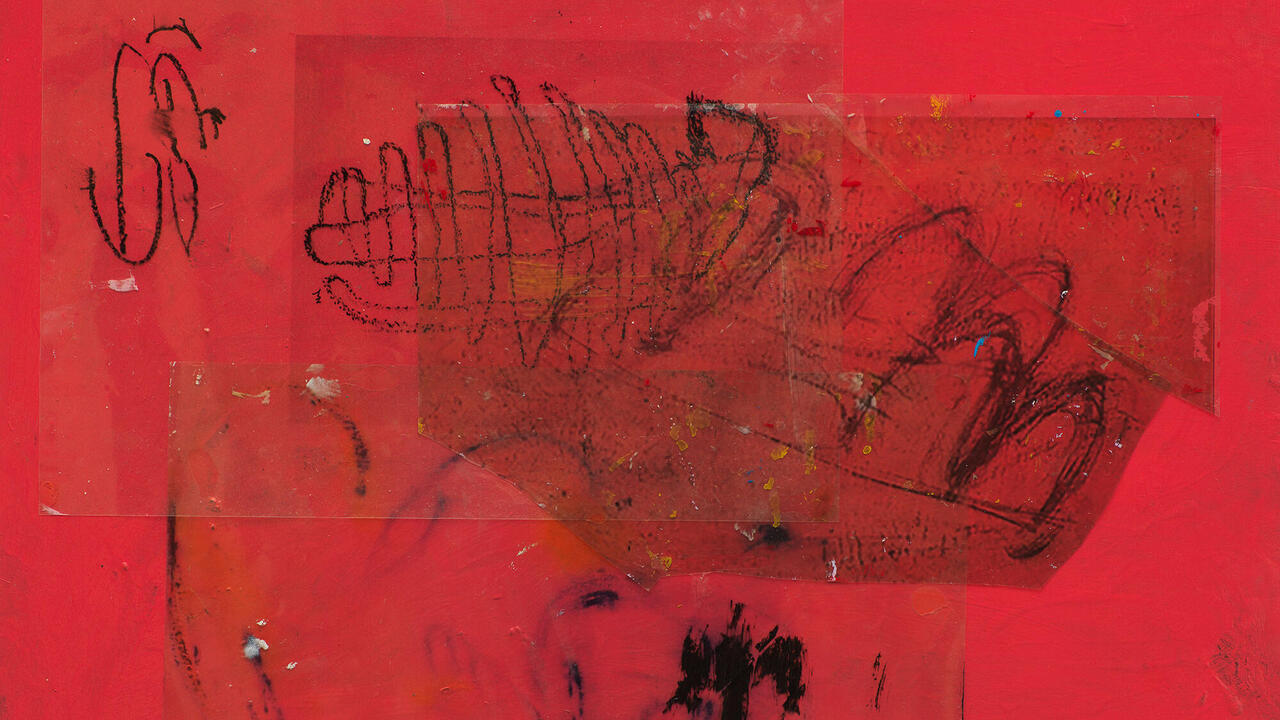State of the Art Photography

Tasked with identifying the future ‘movers and shakers’ of the photographic medium, a star-studded ‘advisory board’ – comprising Klaus Biesenbach, F.C. Gundlach, Andreas Gursky, Andrea Holzherr, Udo Kittelmann, Werner Lippert, Thomas Seelig and Thomas Weski – selected 41 artists and artistic duos for ‘State of the Art Photography’. Unsurprisingly, this Pop Idol-style curatorial process resulted in an assembly of work that reflected eight different personal tastes, accented by a vague yearning to portray a sense of ‘youth’ or a stab at what might be the ‘next big thing’. Instead of coalescing into a view of parallel practices or shared territories, the exhibition felt like a fight for individual territory, with each artist staking his or her claim. This was a condition that was only reinforced by its installation, which allotted uniformly sized areas of wall space to each artist, with each name printed in large capital letters at the top. This unimaginative display was not helped by a lack of any contextual information, discernable remit or clear selection criteria. Only eight of the 41 artists selected live outside of Europe, and more than half studied at universities in Germany or Switzerland, making the inclusions from further afield appear at best arbitrary and at worst tokenistic.
‘State of the Art Photography’ fell into two halves bisected by the museum’s foyer. Perhaps deliberately, these two sections also seemed divided according to the tenor of the works and the ages of the artists included: the right side, where many of the youngest artists’ works were shown, felt closer to a degree show, while the more mature work grouped on the other side formed a slightly more coherent exhibition of recognizable names like Annette Kelm and Mischa Kuball. Tellingly, the ‘youthful’ half opened with self-taught LA-based photographer Alex Prager’s blatant re-fashioning of Cindy Sherman’s ‘Untitled Film Stills’, printed as large, glossy digital c-prints, next to Armin Morbach’s series ‘Paris Planking’ (2011), in which models in various haute couture outfits performed the Internet ‘planking’ meme. Both series would have been better suited to (and may indeed have been) fashion spreads, and looked both vacuous and slight when blown up to museum-size prints.
As if to deliberately illustrate the rise of the Facebook generation, the work here showed a pronounced leaning toward portraiture. New York-based artist Daniel Gordon had the most fruitful approach: he reconfigures portraits culled from magazines and online into scrappy, fragmented collages – photographing, re-photographing and reconfiguring them again until the faces that stare back at us only bear the torn remnants of parted lips or expressive gazes. Like Gordon, few, if any, of the artists seemed to be intimately or even vaguely familiar with their human subjects. Two separate sets of images taken in pedestrian crosswalks – WassinkLundgren’s ‘Tokyo Tokyo’ (2010) and Edgar Leciejewski’s ‘Ghosts and Flowers’ (2010), the latter comprising images of pedestrians from Google Street View – were emblematic of the move out of the portrait studio and into the more anonymous photographic public spaces of CCTV and the Internet. Rather than possessing the strange displacement of Jeff Wall’s street scenes or the cinematic stillness of Philip-Lorca diCorcia’s passers-by, what fills the space between subject and camera in these works is a lack of depth of feeling and a studied, ironic distance.
In the second half of the show, the mood shifted toward the more cerebral – including several series whose subject was the photographic medium itself – or toward what the catalogue defined as ‘the aural and the sublime’, relying mostly on the Romantic notion of the expansive landscape. Examples from the latter group ranged from Andreas Mühe’s unfortunate re-interpretations of Caspar David Friedrich’s Rückenfiguren (‘Pissing Nazis’, 2010–11) to Olaf Otto Becker’s grandiose aerial views of frozen rivers. Another coherent subset of imagery was found in small-scale documents of sculptural still lives. Of these, Miriam Böhm’s beguiling cardboard constructs; Bettina Brunner’s heady, blunt forms; and Jan Paul Ever’s decidedly analogue, Bauhaus-inspired prints, all made a quiet impact. Oddly, only a handful of the artists selected deviated from the expected format of glossy prints on the walls: there was barely a trace of the trend toward photography in the expanded field. Also conspicuously absent were any practitioners working with abstract photography, socially engaged documentary photography or lens-less photography.
Out of all the work, I kept returning to a single photograph: Stefan Hostettler’s profile of a ruddy-faced man with a shaved head, leaning over a bowl of watery soup (Jago Eating Breakfast, 2006). From the camouflage print jacket he wears, he might be a trainee in the Afghan army, but the floral print on the plastic tablecloth in front of him hints that this could be Serbia, or Croatia. It’s hard to say why this intimate but indecisive moment stood out from others like it, and the accompanying images Hostettler includes alongside it – a set of animal teeth, a man riding a mule, two Petri dishes – only raised more questions. Equally mysterious, though, is the figure of Hostettler himself, who was a student at Kunstakademie Düsseldorf from 1988 until 1995, but whose biography doesn’t include any solo shows or gallery representation. In this case, as in many others throughout ‘State of the Art Photography’, even the smallest bit of contextualization or reasoning behind his inclusion would have made the show richer. Instead, the artists’ work suffered from the show’s lack of curatorial vision, raison d’être and imagination. The advisory board only did half the job of selecting the artists, but not of arranging their work into something that would add up to more than the sum of its parts.
















